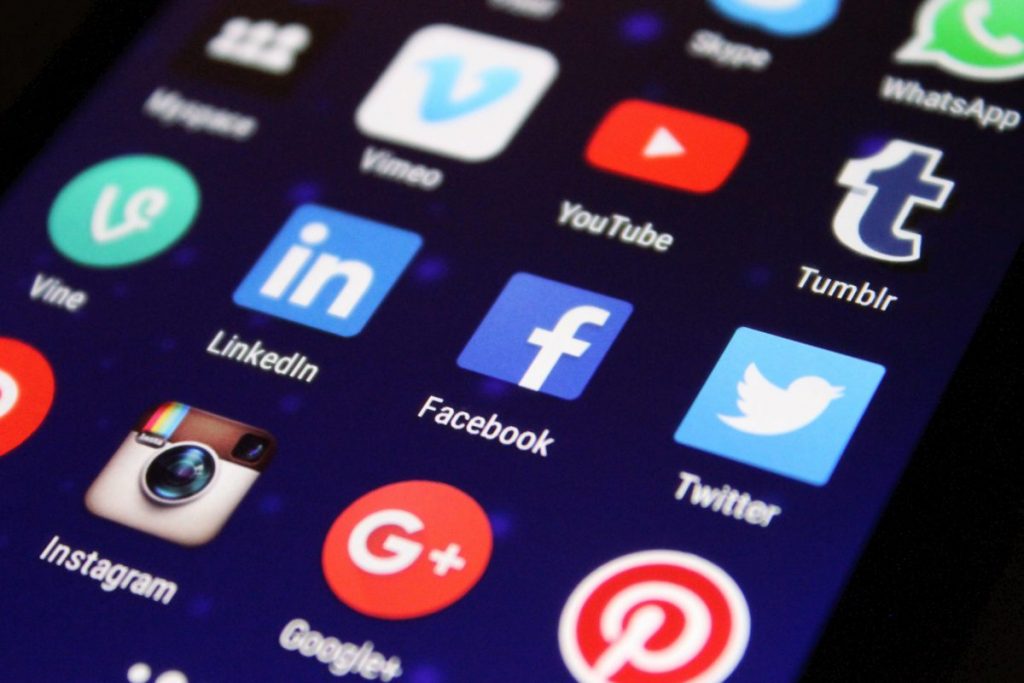

Freemium – the combination of free and premium. This paradox is a common business model for several mobile applications. In today’s post, we discuss what it means, how it works, and why companies use this model.
Not A New Concept
The freemium model is where the base app or program is free, but advanced features are hidden behind a paywall. Some services are subscription-based, and others require a one-time payment. This model is popular among companies that create digital products. Microsoft Office or Adobe allowed users a 30 day trial of the program before requiring a purchase. With the rise of smartphones, the model exploded with application developers.
Everywhere You Look
One way to convince application users to purchase an app or a subscription is to monetize it with ads. It’s a win-win for the developer. However, if ads annoy you (like most people), you will have to pay for them to go away. Think of Spotify or Pandora as an example. Other examples include productivity apps and cloud storage apps.
Applications connect you’re your App Store or Play Store account, making purchasing within the app a breeze. The ease of tapping a button to purchase additional content has been a highlight on the news when parents discover their children ran up crazy credit card bills on in-game purchases. In addition, companies use microtransactions, giving users the ability to access custom or exclusive content.
Looking Ahead
The freemium model is here to stay for the near future. Firstly, this model is an extremely effective and sometimes sneaky way to generate money. It also allows the developers to reach a broader customer pool and decreases the chances of piracy of their software. Lastly, a benefit for the user is it will enable you to try software or app before making the plunge in purchasing it.
If you found this article interesting or helpful, check out our other posts!
